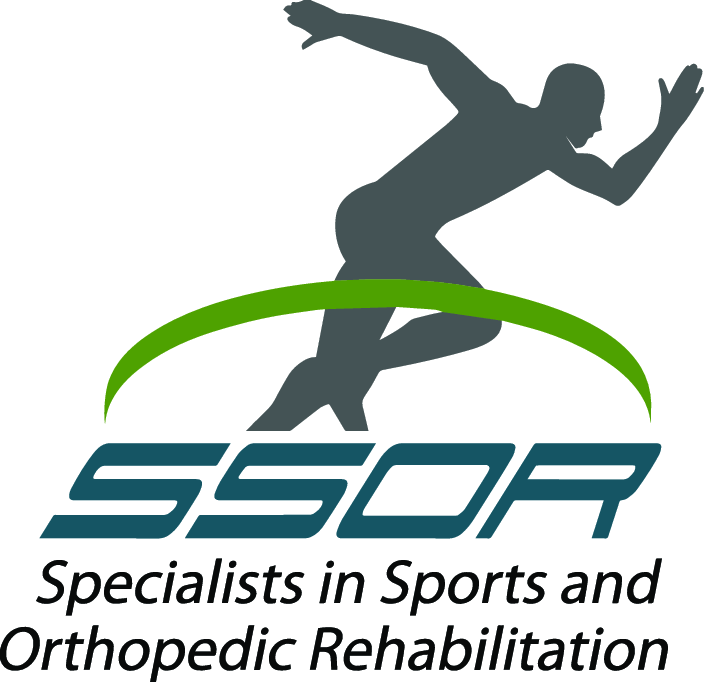Exercises for Frozen Shoulder
Frozen shoulder…yikes. There may not be a more perplexing, frustrating, and painful condition out there. Also known as “adhesive capsulitis,” frozen shoulder is inflammation of the joint capsule often with thickening of the capsule and synovitis. Think of frozen shoulder as a “shrink wrapping” of the joint capsule that surrounds the shoulder. Frozen shoulder often shows up out of the blue and takes it sweet time going away. Most of the time, it goes away randomly. In some people, it can take a few years!
Who’s most at risk for frozen shoulder?
Sometimes it surfaces after an injury or a surgery, and most often it affects middle-aged females. Those who are diabetic are also at risk.
Does medication or surgery help?
Evidence has shown little effectiveness in eliminating it with drugs or surgery (manipulation under anaesthesia), but some studies have shown a combination of steroid injections and exercise can help. Your best bet is a supervised home exercise program where you see a physical therapist once or twice a week max just to monitor your progress and adjust your home program accordingly. There is some benefit to some manual therapy interventions as a few case studies have shown, but again, to go to physical therapy endlessly just isn’t necessary.
Physical Therapy for Frozen Shoulder
The key with physical therapy for frozen shoulder is to perform daily range of motion exercises to prevent further decline. At SSOR, We like to tell our patients that frozen shoulder has three phases: freezing, frozen, or thawing. Daily exercises prevent it from freezing further, and once you start to see some positive changes, it keeps the “thawing” process rolling. Exercises for frozen shoulder do help, but it takes patience and persistence! Hang in there, it will get better! Once it does resolve, you should follow up with a physical therapist to assess your range of motion and strength to make sure that you aren’t at risk for more shoulder problems.
Our favorite home exercise for frozen shoulder is pictured below, quadruped rocking. Basically, you get on “all fours” with your shoulders over your hands and then sit back on your heels. You can move your hands forward to get a greater stretch. Repeat this motion as often as you like. The weight bearing is a pain reliever, but this exercise also promotes the body moving on the shoulder, instead of the shoulder moving on the body. As anyone with frozen shoulder knows, moving your arm is super painful. With the rocking exercise, your arm really isn’t moving – it’s fixed and your trunk is moving around it. Hopefully, that makes sense. If not, give us a call.
There are a few other exercises that are in our “playbook” here at SSOR, but this is undoubtedly our favorite and our patient’s favorite – we hear all the time “I love this one!” We’re sure you will to. It would be a privilege to serve you for your physical therapy needs, give us a call at (913) 904-1128.
